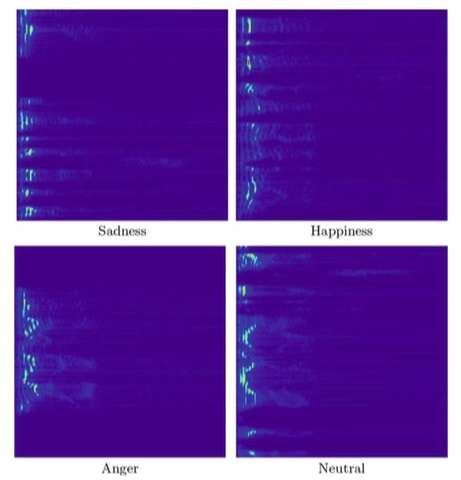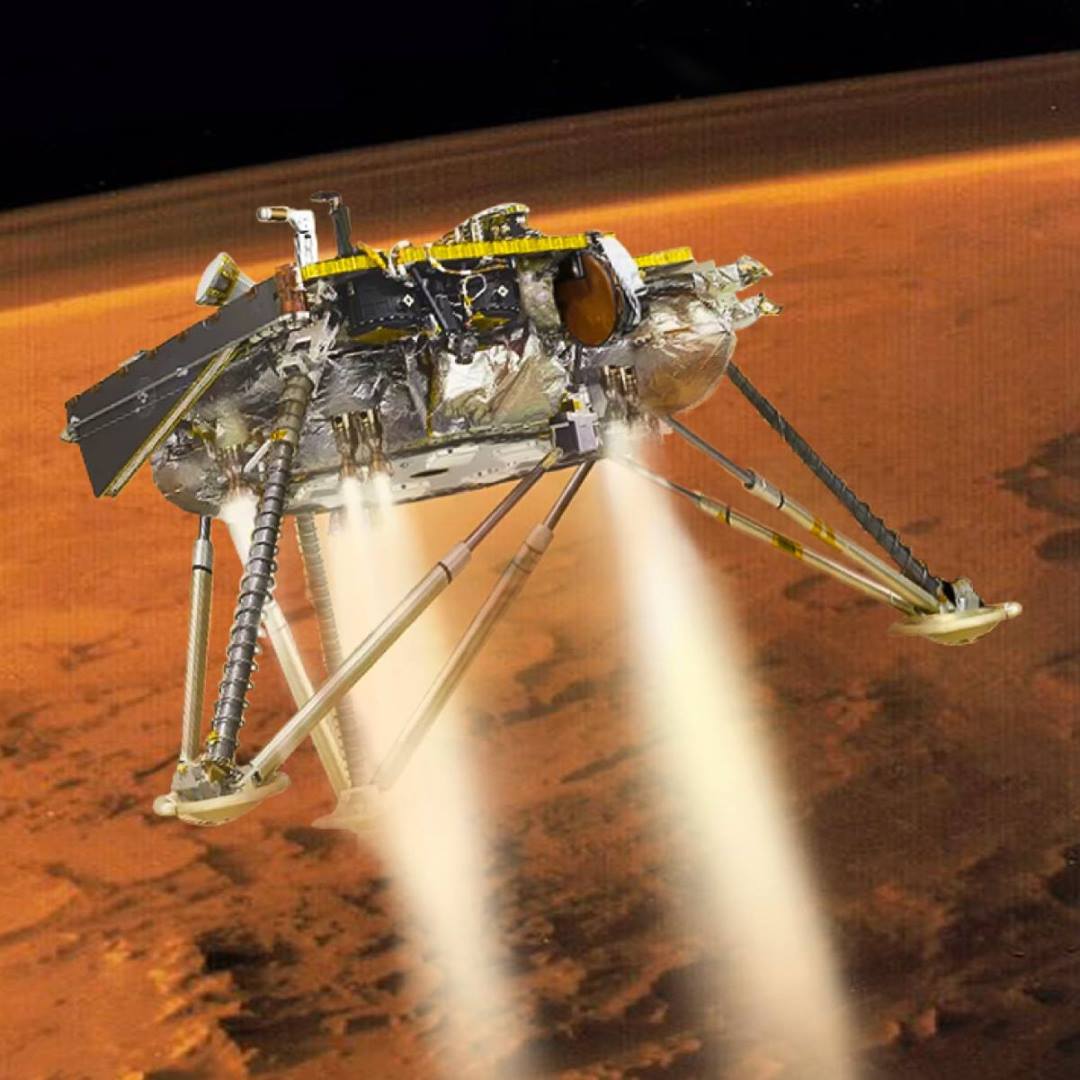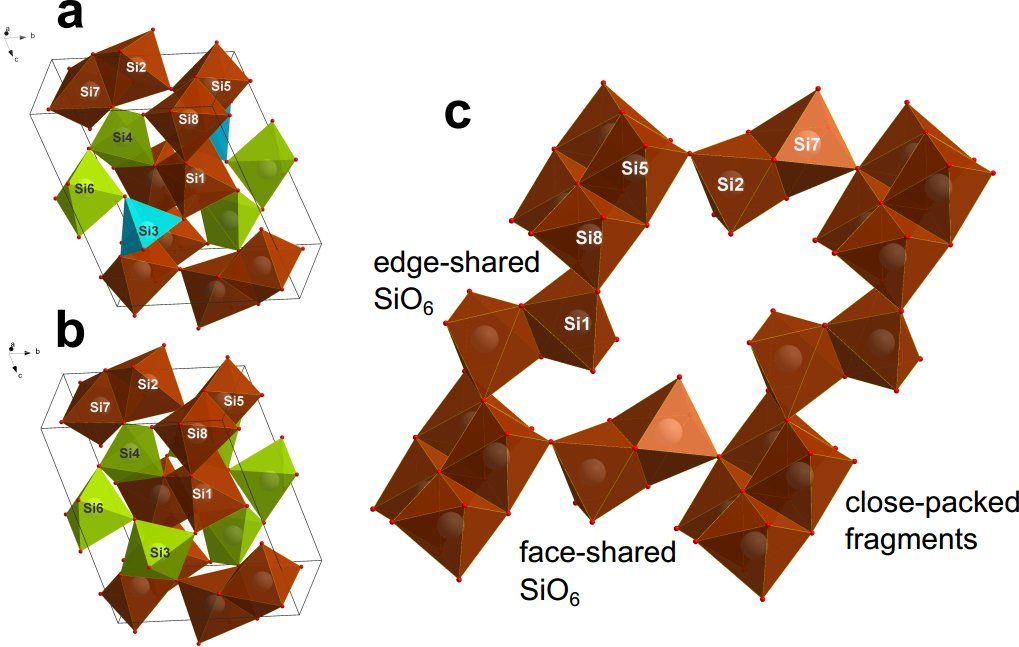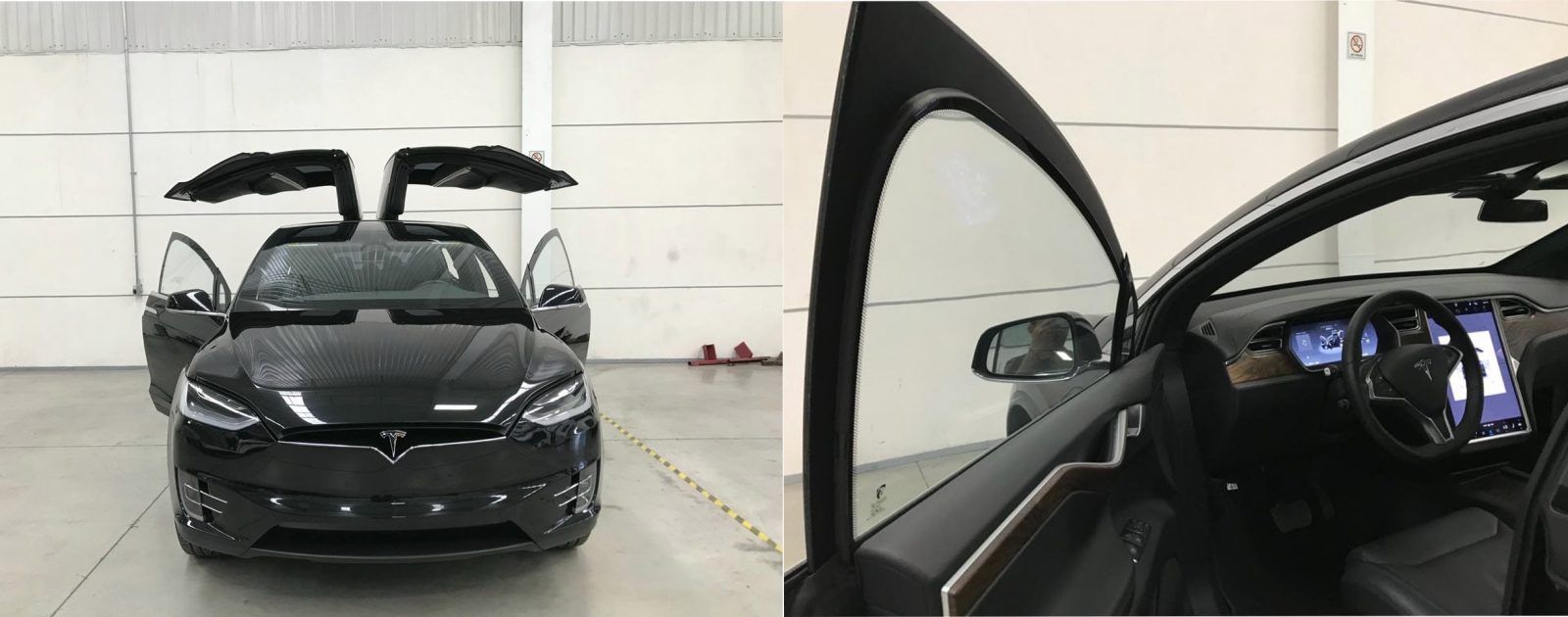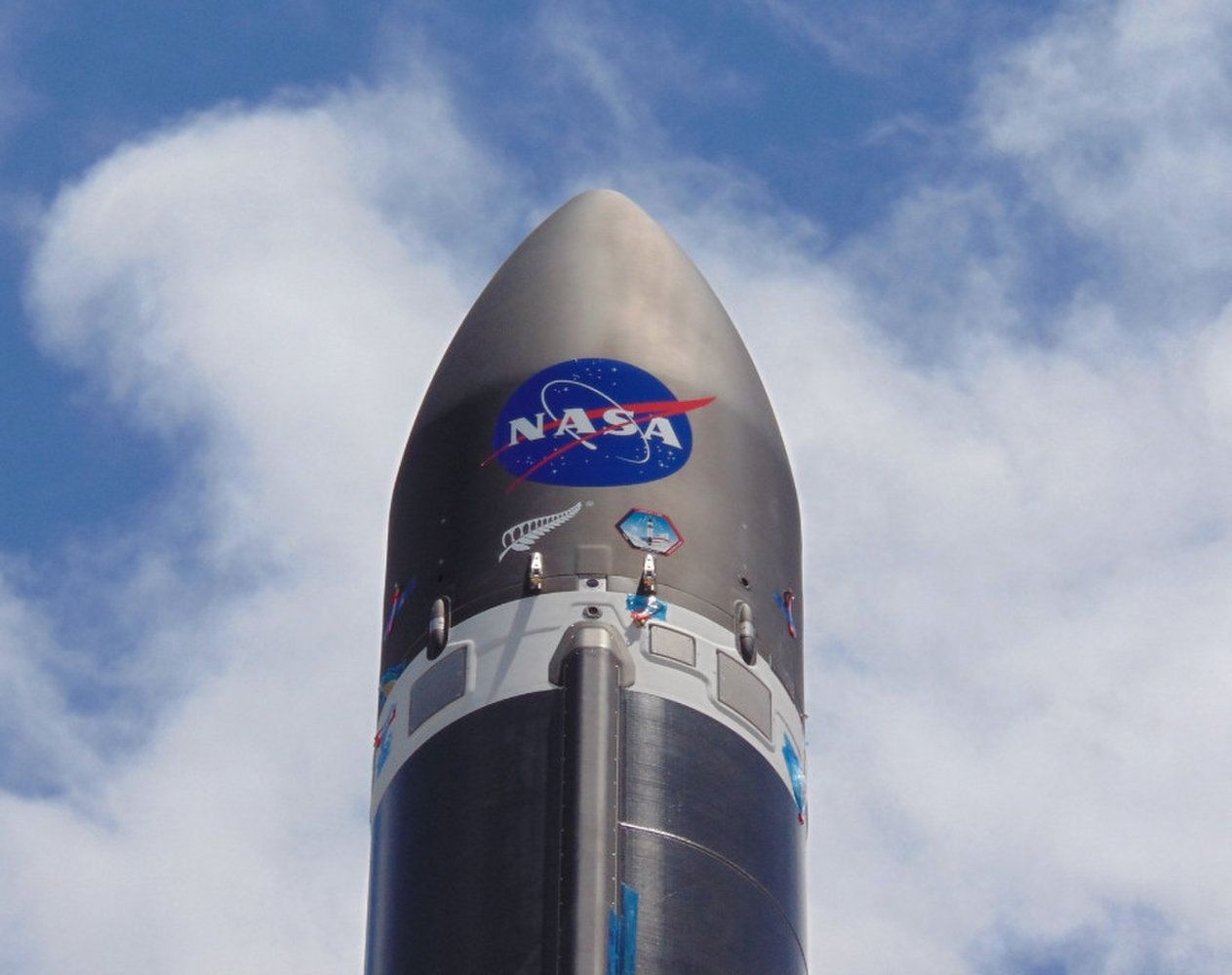Page 9205
Dec 12, 2018
Emotion recognition based on paralinguistic information
Posted by Saúl Morales Rodriguéz in categories: biotech/medical, robotics/AI
Researchers at the University of Texas at Arlington have recently explored the use of machine learning for emotion recognition based solely on paralinguistic information. Paralinguistics are aspects of spoken communication that do not involve words, such as pitch, volume, intonation, etc.
Recent advances in machine learning have led to the development of tools that can recognize emotional states by analyzing images, voice recordings, electroencephalograms or electrocardiograms. These tools could have several interesting applications, for instance, enabling more efficient human-computer interactions in which a computer recognizes and responds to a human user’s emotions.
“In general, one may argue that speech carries two distinct types of information: explicit or linguistic information, which concerns articulated patterns by the speaker; and implicit or paralinguistic information, which concerns the variation in pronunciation of the linguistic patterns,” the researchers wrote in their paper, published in the Advances in Experimental Medicine and Biology book series. “Using either or both types of information, one may attempt to classify an audio segment that consists of speech, based on the emotion(s) it carries. However, emotion recognition from speech appears to be a significantly difficult task even for a human, no matter if he/she is an expert in this field (e.g. a psychologist).”
Continue reading “Emotion recognition based on paralinguistic information” »
Dec 12, 2018
New Facebook Patent Predicts Your Location Before You Get There
Posted by Saúl Morales Rodriguéz in category: futurism
Dec 12, 2018
Factory robot malfunctions and impales worker with 10 foot-long steel spikes
Posted by Mary Jain in category: robotics/AI
A CHINESE factory worker has survived being skewered with ten metal spikes when a machine malfunctioned.
The 49-year-old, named as Mr Zhou, was working on the night shift at a porcelain factory in Hunan Hunan province when he was struck by a falling mechanical arm.
The accident resulted in him being impaled with foot long, half inch thick metal rods, the People’s Daily reported.
Continue reading “Factory robot malfunctions and impales worker with 10 foot-long steel spikes” »
Dec 12, 2018
‘Her’, OS Sentience, and the Desire to Love
Posted by B.J. Murphy in categories: entertainment, robotics/AI
After watching Spike Jonze’s epic sci-fi film Her, I felt as if my mind was, metaphorically of course, absolutely blown away. The film far exceeded my expectations of how it would make me feel, let alone make me think! I found myself wanting to tell everyone I knew to stop what they were doing and take the time to really watch it, listen to it, and absorb it. I spoke of other great films that captured both my heart and mind, like Robot and Frank, but no film has ever really achieved what Spike Jonze’s Her achieves.
A review of Spike Jonze’s 2013 sci-fi film.
Dec 12, 2018
Silica paradox: Scientists discover seemingly ‘impossible’ material
Posted by Xavier Rosseel in categories: chemistry, physics, supercomputing
An international team of physicists and materials scientists from NUST MISIS, Bayerisches Geoinstitut (Germany), Linkoping University (Sweden), and the California Institute of Technology (U.S.) has discovered an “impossible” modification of silica-coesite-IV and coasite-V materials, which seems to defy the generally accepted rules for the formation of chemical bonds in inorganic materials formulated by Linus Pauling, who won the 1954 Nobel Prize in Chemistry for that discovery. The research results were published in Nature Communications on November 15th, 2018.
According to Pauling’s rules, the fragments of the atomic lattice in inorganic materials are connected by vertices, because bonding by faces is the most energy-intensive way to form a chemical connection. Therefore, it does not exist in nature. However, scientists have proved, both experimentally and theoretically, using NUST MISIS’ supercomputer, that it is possible to form such a connections if the materials are at ultra-high pressure conditions. The obtained results show that fundamentally new classes of materials exist at extreme conditions.
“In our work, we have synthesized and described metastable phases of high-pressure silica: coesite-IV and coesite-V. Their crystal structures are drastically different from any of the earlier described models,” says Igor Abrikosov, leader of the theoretical research team. “Two newly discovered coesites contain octahedrons SiO6, that, contrary to Pauling’s rule, are connected through common face, which is the most energy-intensive chemical connection. Our results show that the possible silicate magmas in the lower mantle of the Earth can have complex structures, which makes these magmas more compressible than predicted before.”
Continue reading “Silica paradox: Scientists discover seemingly ‘impossible’ material” »
Dec 12, 2018
First look at a bulletproof Tesla Model X armored vehicle
Posted by Genevieve Klien in categories: sustainability, transportation
Electric vehicles, especially Tesla’s vehicles, are not being left out when it comes to armored vehicles.
After a Model S earlier this year, we’ve now got a look at what could be the first Tesla Model X armored vehicle.
We heard a rumor that Tesla’s showroom in Mexico City was displaying a bulletproof Model X.
Dec 12, 2018
Watch Rocket Lab Launch a Cubesat Fleet for NASA Tonight!
Posted by Genevieve Klien in categories: business, satellites
The California-based startup Rocket Lab will launch 10 tiny satellites into orbit for NASA tonight, and you can watch it all live online.
A Rocket Lab Electron booster is scheduled to launch NASA’s ElaNa-19 mission from the company’s private Launch Complex 1 on the Mahia Peninsula of New Zealand’s North Island. Liftoff is scheduled for 11:07 p.m. EST (0407 Dec. 13 GMT) during a 4-hour launch window that closes at 3 a.m. EST (0800 GMT). You can watch live via Rocket Lab’s website, beginning about 20 minutes before liftoff. You can also watch the launch here on Space.com, courtesy of Rocket Lab. Bad weather may be a concern for the launch, company officials said.
Tonight’s launch will mark Rocket Lab’s first flight for NASA and the fourth orbital flight of the company’s Electron booster over all. After two test flights (nicknamed “This Is A Test” and “Still Testing”), the company successfully launched its first commercial mission (dubbed “It’s Business Time”) last month.
Continue reading “Watch Rocket Lab Launch a Cubesat Fleet for NASA Tonight!” »
Dec 12, 2018
Adaptable drone folds while flying to get through gaps
Posted by Genevieve Klien in category: drones
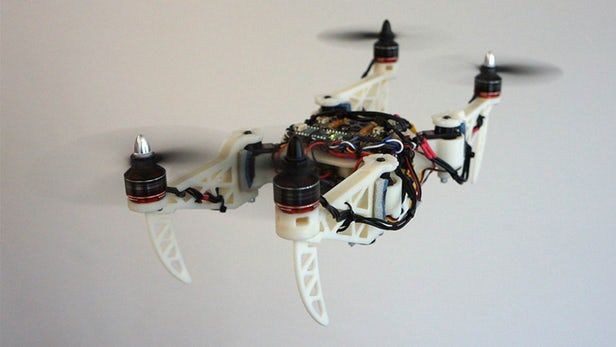
Although quadcopter drones show promise as a means of exploring hazardous environments such as disaster sites, they do have one drawback – they’re wide, limiting their ability to squeeze through tight spaces. An experimental new drone addresses that problem, by folding into different shapes while in flight.

